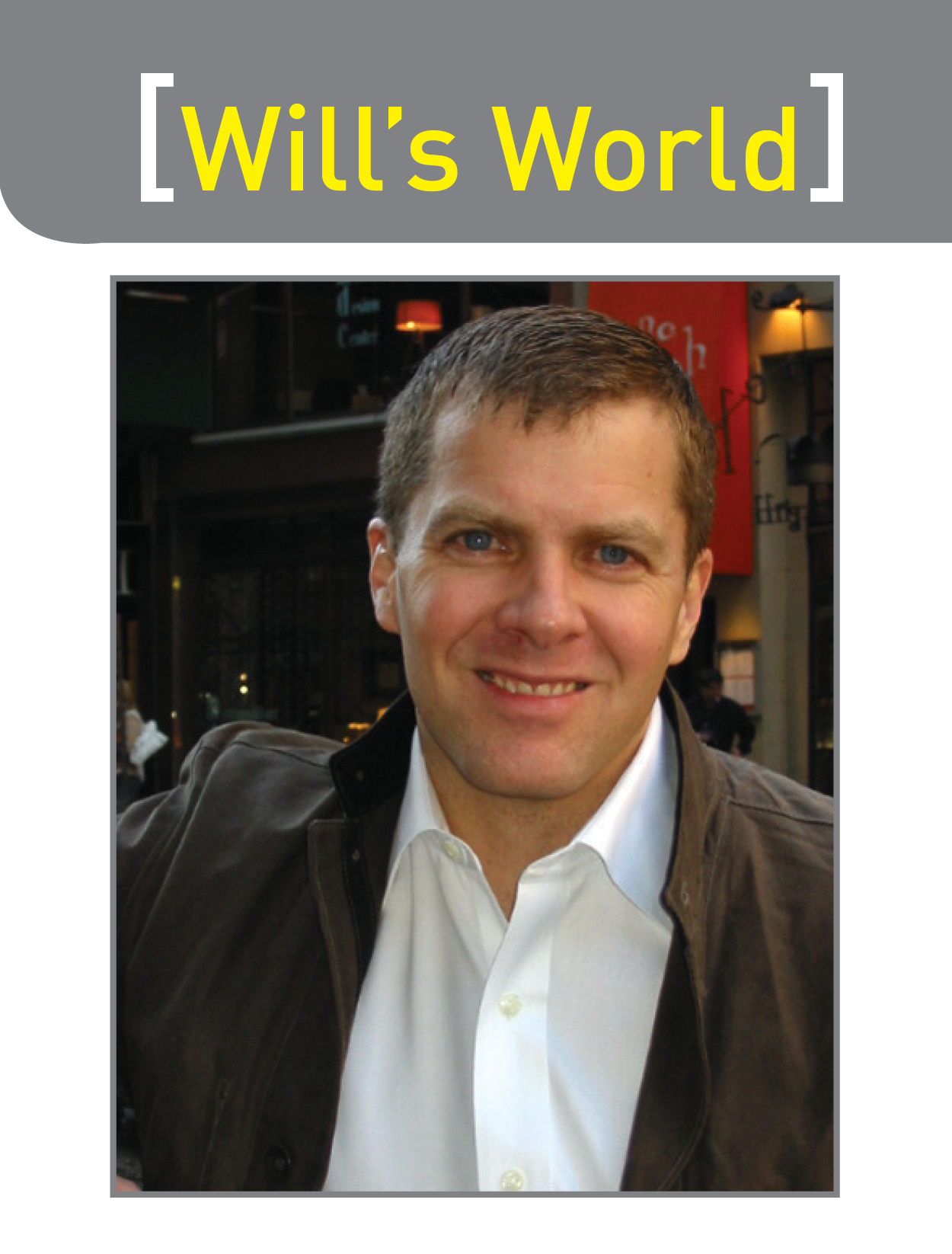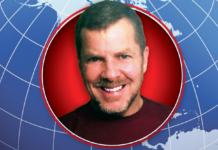By Will Carlin
When Barack Obama was elected President in the fall of 2008, many credited his campaign’s use of the Internet as “groundbreaking” and “innovative.” And while the campaign’s Internet techniques were indeed new to Presidential campaigns, they were old hat to those who work in the Internet industry or to almost anyone under the age of 25. The campaign was able to take existing ideas and package them in extremely effective ways. And the result was the election of the first black, multi-cultural President in the history of the United States.
Obama’s campaign is a fitting metaphor for what happened in squash in 2008, for there were a host of new takes on old ideas as well as some new beginnings. Let’s look at the top eight of them.
8. Squash on the Internet Comes of Age
Squash has been alive and kicking on the Internet for a number of years now, but this past year even casual players started to notice, participate, and visit. Club players regularly talk about matches or points they have watched on YouTube or on PSALive; US Squash launched a new and much improved website; squashsite.co.uk went away and came back after only two weeks absence due to popular demand; almost every major tournament has its own website and over 50 pros or former pros have their own sites and blogs; and information has never traveled more quickly around the world through sites like squashtalk, worldsquash and squashplayer. If you aren’t following squash on the Internet, you might have worked for John McCain.
7. Trinity Gets Recognition Past the Squash Community
Over ten years without a loss and still counting. The record is almost unreal, but for the squash community, it is almost old news. This past year, however, Sports Illustrated and ESPN both recognized the stunning streak created by coach Paul Assaiante and his legions of stellar players.
6. The Players Cup Circuit Begins
The first US softball circuit began in 1989 as the brainchild of Tom and Hazel Jones, the publisher and editor of Squash News. It was an important proving ground for many American and International players, and the idea was reborn in 2008 with John Nimick’s Players Cup Circuit, except larger and better. Five major tournaments in the span of seven weeks with total prize money of $320,000 brought many of the world’s best players to North America for much of the winter.
5. Illingworth and Grainger Again Win Nationals and Star Internationally
Julian Illingworth and Natalie Grainger repeated as US Champions (for Illingworth, it was his fourth title in a row), but both of them also finished the year rising as high in the international rankings as any Americans ever have. Illingworth got as high as 37 in the Men’s PSA rankings and Grainger finished 2008 ranked number three in the world. That’s right: number three.
4. Nicol David Distances Herself from the Rest of the Women
After a 13-month, 51-match winning streak, from March 2006 to April 2007, Nicol David seemingly started to come back to the pack. That was short-lived. In 2008, she won ten major titles including the British and World Opens, and lost only three games in all ten finals. She is far and away the best woman on the planet, and she is poised to be considered one of the best of all time.
3. The Hall of Fame Gala is US Event of the Year
When the US Squash Hall of Fame was created in 2000, the idea for an annual gala dinner also was born. But it took almost eight years for the idea to come to fruition. It was worth the wait. Event Chair Peter Lasusa put on a terrific evening that brought over three hundred of the squash community together to celebrate squash in the US and the inductions of Fred and Carol Weymuller, Kenton Jernigan and Al Molloy. Same time this year? Let’s hope.
2. Egypt is the New Pakistan
For the first time since Jahangir and Jansher Khan from Pakistan were the top two players in the world, Egypt has not just the top two players in the world, but the top three. As of December 2008, Amr Shabana, Karim Darwish and Ramy Ashour, all from Egypt, were the PSA’s numbers one, two and three players, respectively. There are four Egyptians in the top ten and seven in the top thirty. This is real world dominance the likes of which has not been seen since Pakistan in the late eighties and early nineties.
1. Urban Squash Facilities Open
Continuing to follow the lead of Greg Zaff’s SquashBusters in Boston, both StreetSquash in New York and SquashSmarts in Philadelphia opened multimillion dollar centers for their urban squash programs. Both the Lenfest Center in Philly and the Stephen L. Green StreetSquash Community Center in Harlem feature eight courts and classrooms. The Lenfest Center hosted the National Urban Squash Championships, which included teams from seven different urban squash programs around the country. The National Urban Squash and Education Association (NUSEA) is changing lives for the less privileged all over the country.



